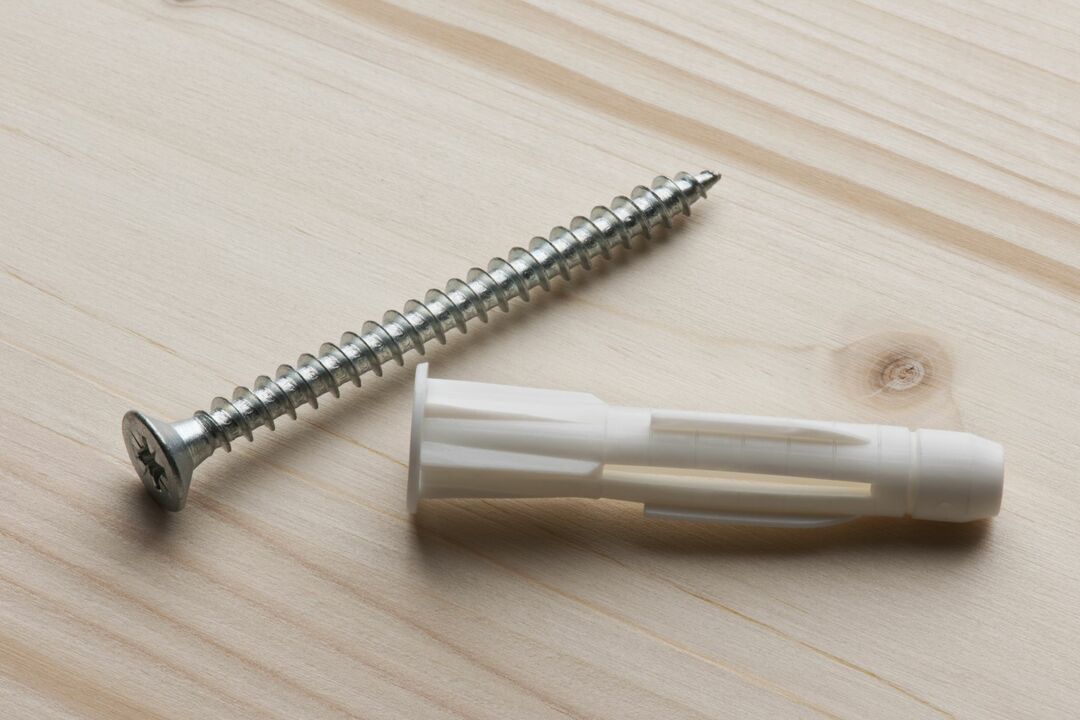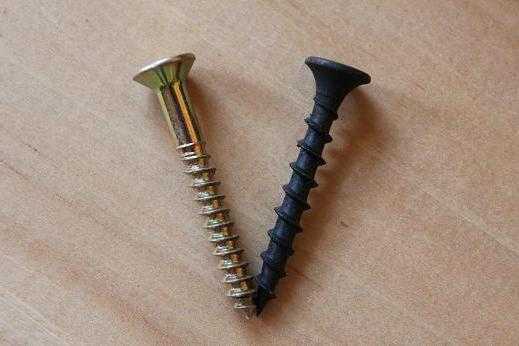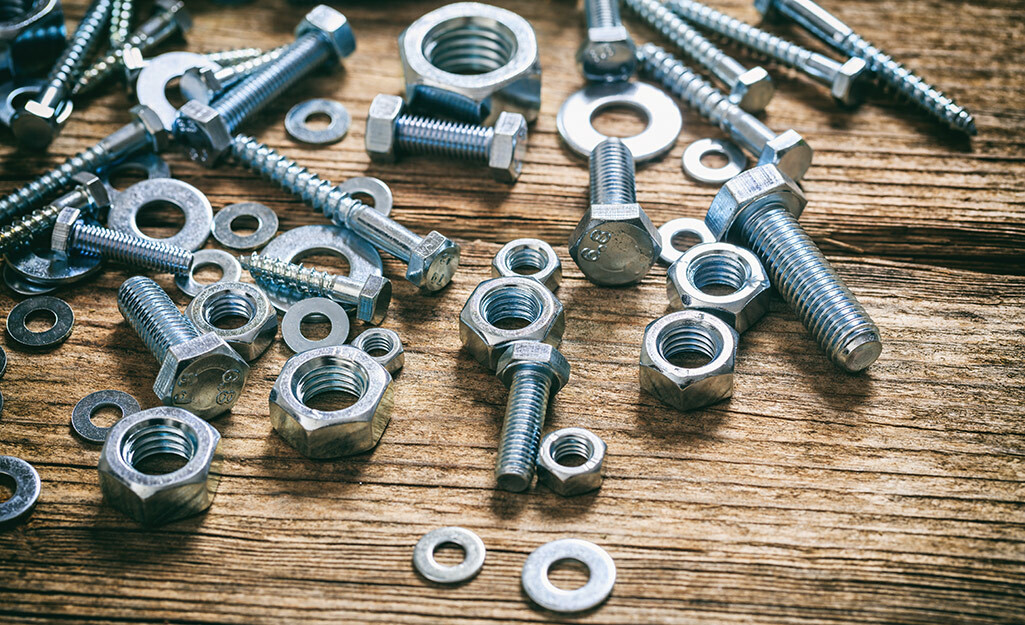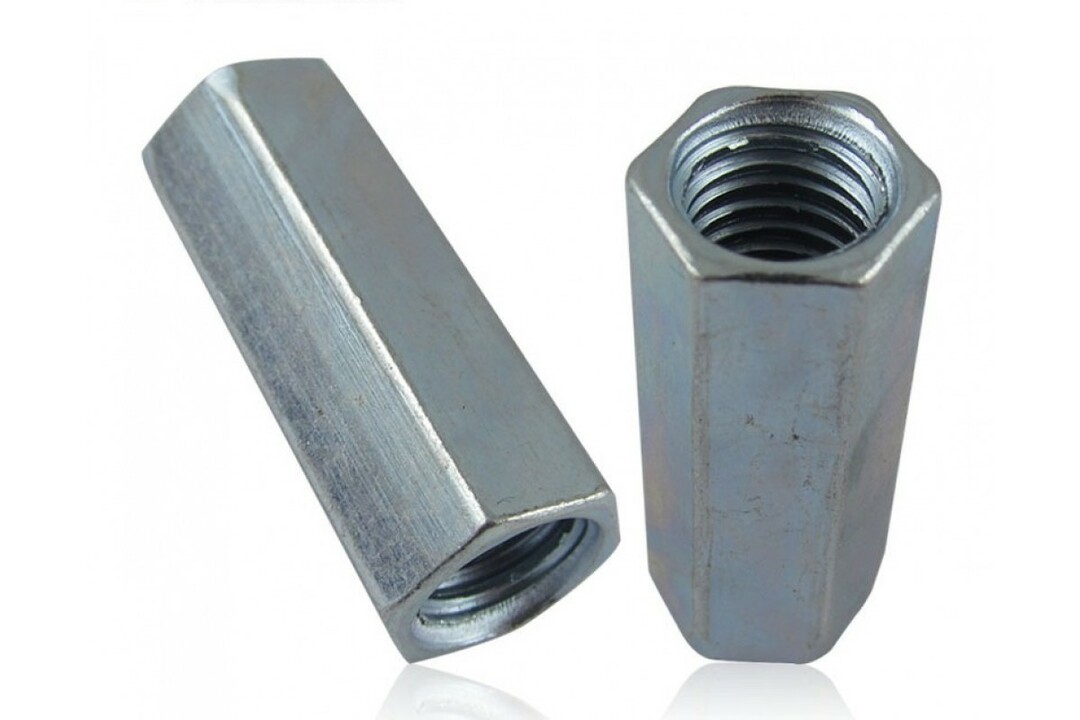Almost every one of us has come across such fasteners as self-tapping screws, screws, nuts, bolts and various screws. Today, self-tapping screws are most widely used, which appeared on the market not so long ago, and literally "survived" their "older comrades" - screws.
The content of the article
- What is a screw and self-tapping screw
- Distinctive features
What is a screw and self-tapping screw
Screw - fasteners in the form of a rod with an external special thread, a threaded tapered end and a head. Visually, it can be divided into two parts. The first is the top smooth without thread. The lower one is threaded. Depending on the purpose, the head may be different.

@ thespruce.com
A self-tapping screw is a screw that has a sharp thread and has either a sharp tip or a drill tip. This fastener is classified according to different types, depending on the material of manufacture, coating and, in fact, the design and purpose.

@ thespruce.com
Distinctive features
In fact, there are no critical differences between the two fasteners. It is generally believed that a self-tapping screw is a more improved version of a screw. Nevertheless, there are some differences, but they are not so significant:
- The thread on the screw is not located along the entire perimeter of the rod, while the self-tapping screw has a thread along the entire length.
- The technology for making self-tapping screws is a little more complicated. For their production, exclusively high-quality and durable steel is used, which is further subjected to heat treatment, that is, hardening.
- Self-tapping screws are known to be more durable than screws. For example, extreme care should be taken when working with reinforced concrete or other sturdy surfaces. If these requirements are not met, the self-tapping screw may simply break, but the screw will only bend, which, however, is also not very good.
- Another important difference, and perhaps most importantly, is that when working with a self-tapping screw, there is no need to pre-drill a hole for it. It works on the principle of a drill and is capable of independently cutting even into metal surfaces, if their thickness is not more than 2 mm. But for the screw, you will have to first make a hole, and only then drive the part.
Drawing a conclusion from all of the above, we can say: the main difference between the fasteners under consideration is that the self-tapping screw is simpler and easier to use. In addition, it does not have to pre-drill a hole for it, unlike a screw.

@ akson-quick.ru
Subscribe to our Social Networks


